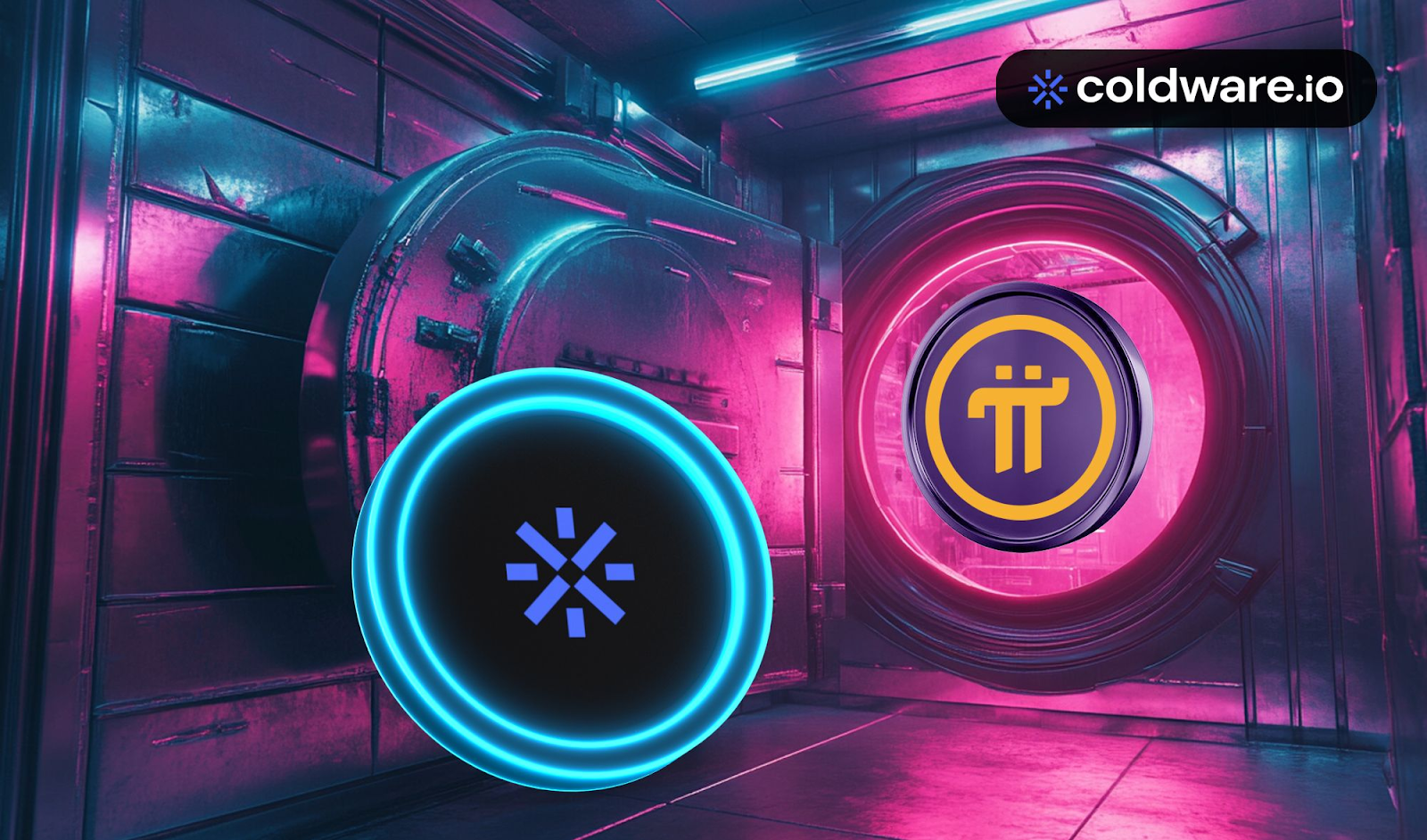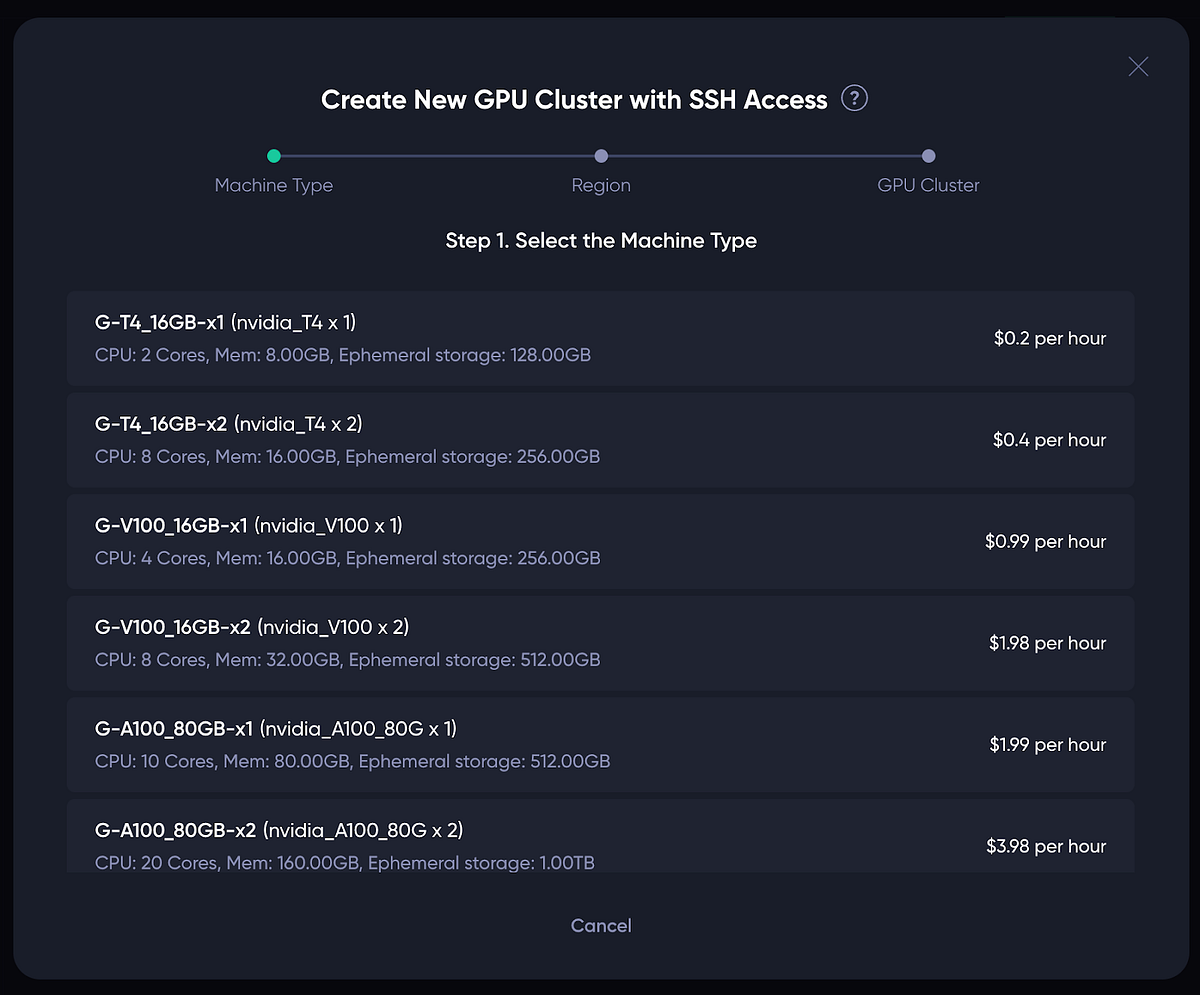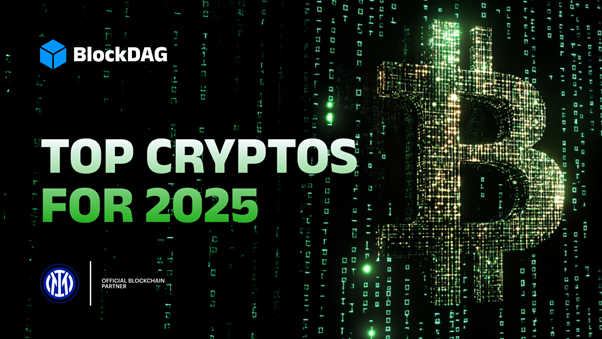Chirp's Innovative Approach to Decentralized Physical Infrastructure Networks

Decentralized Physical Infrastructure Networks (DePIN) are poised to revolutionize the Web3 landscape by creating a bridge between traditional physical assets and decentralized systems. By distributing the ownership and maintenance of infrastructure among community members, DePIN offers unique investment opportunities and practical applications for both enthusiasts and the general public. However, the success of DePIN relies heavily on achieving a balance between supply and demand, where an oversupply of infrastructure without corresponding demand can lead to diminished participant rewards and weakened token value.
Chirp’s approach to DePIN stands out due to its focus on quality over quantity. Rather than rapidly deploying numerous miners, Chirp strategically manages network growth to ensure sustainability. For instance, in Berlin, the network is effectively covered with just nine Blackbird devices, preventing market saturation and ensuring that community members, known as Keepers, receive attractive rewards. This method not only maintains high rewards for participants but also supports a healthy ecosystem, avoiding the pitfalls of over-saturation that can plague other DePIN projects.
Chirp’s vision extends beyond mere infrastructure; it aims to solve pressing IoT challenges by integrating blockchain technology with a wide range of devices. By addressing issues like vendor lock-in and fragmentation, Chirp facilitates seamless management of IoT devices across various sectors, including logistics, healthcare, and smart cities. The platform’s ability to connect diverse devices and enable trusted data sharing through blockchain enhances operational efficiency and reliability. As Chirp continues to lead in the DePIN space, it exemplifies the importance of a sustainable, demand-driven approach for the future of decentralized IoT networks.
Related News





